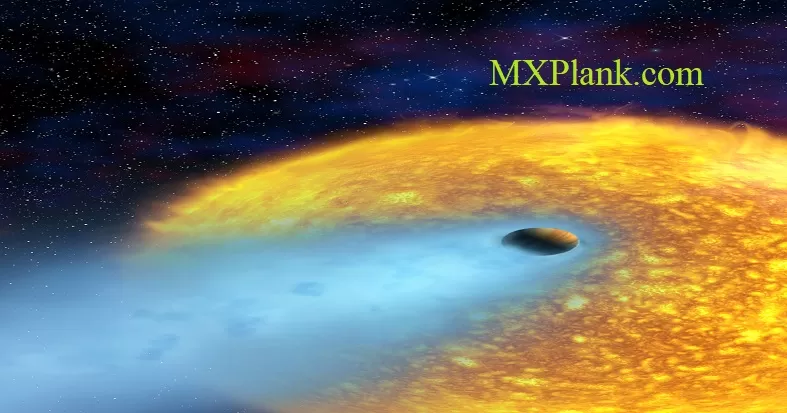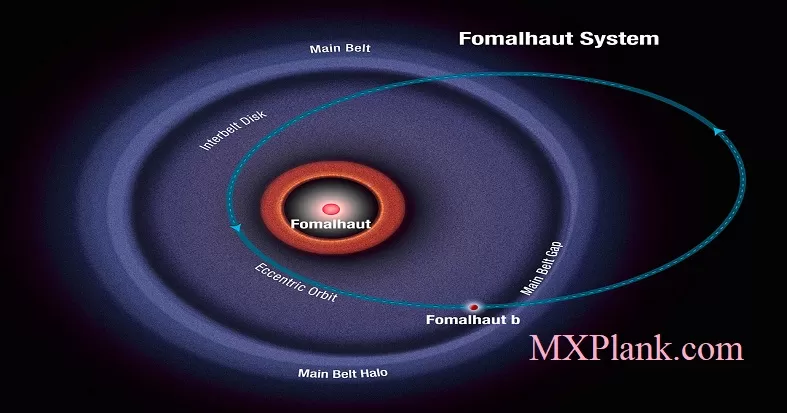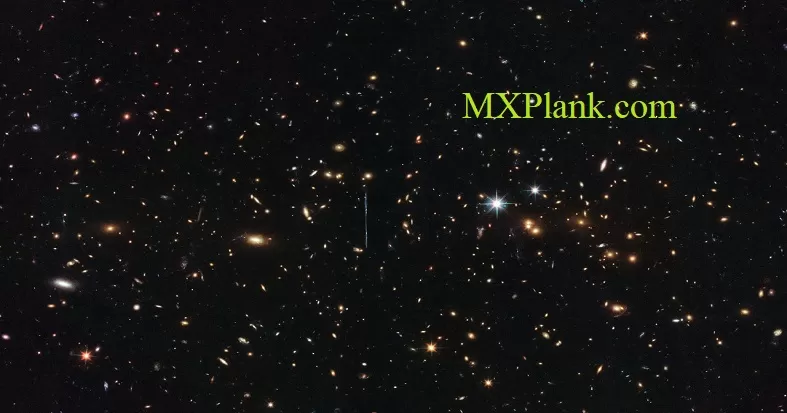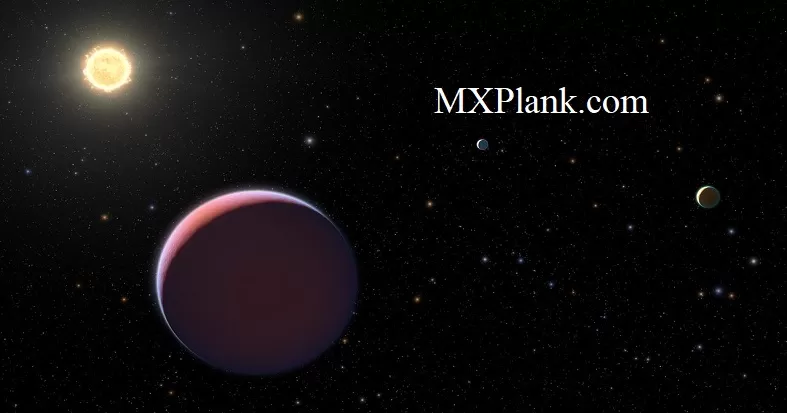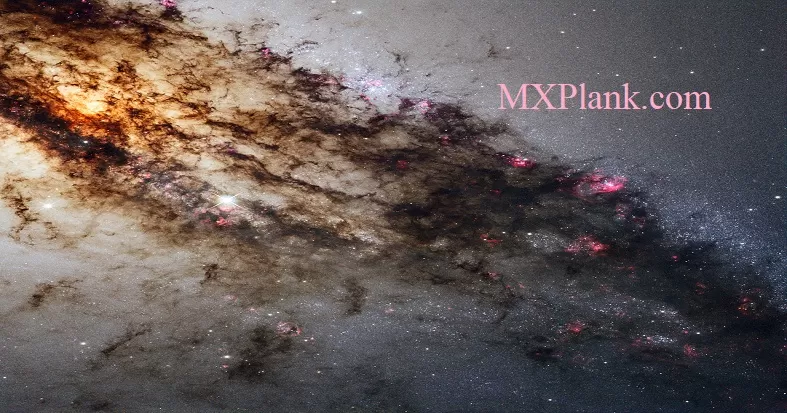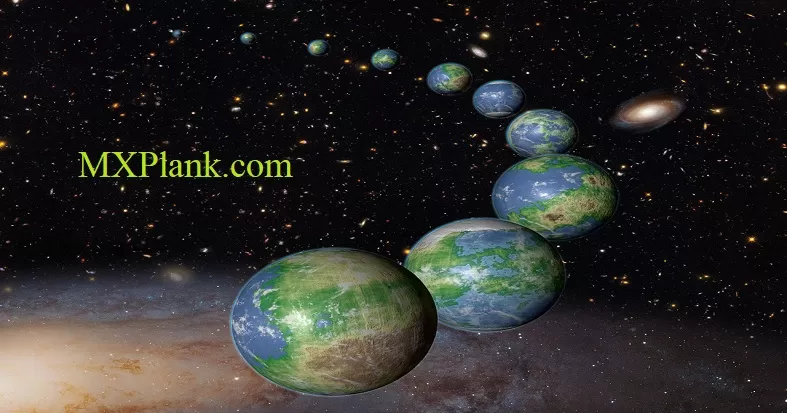NEOWISE - One Of The Few Naked-Eye Comets of the 21st Century
NEOWISE - ONE OF THE FEW NAKED-EYE COMETS OF THE 21st CENTURY:
A comet has suddenly become visible to the unaided eye. Comet C/2020 F3 (NEOWISE) was discovered in late March and brightened as it reached its closest approach to the Sun, inside the orbit of Mercury, late last week(July 15th, 2020). The interplanetary iceberg survived solar heating, so far, and is now becoming closer to the Earth as it starts its long trek back to the outer Solar System. As Comet NEOWISE became one of the few naked-eye comets of the 21st Century, word spread quickly, and the comet has already been photographed behind many famous sites and cities around the globe.
Featured, Comet NEOWISE was captured over Lebanon just before sunrise. The future brightness of Comet NEOWISE remains somewhat uncertain but the comet will likely continue to be findable not only in the early morning sky, but also next week (starting from July 10th 2020) in the early evening sky. Comet NEOWISE from Around the Globe
NEOWISE is a 5-kilometer-wide evaporating dirty iceberg visiting from -- and returning to -- the outer Solar System. In the featured image, Comet C/2020 F3 (NEOWISE) was captured on July 15th 2020 rising over Stonehenge in the UK. Discovered with the NASA satellite NEOWISE toward the end of March, Comet NEOWISE has surprised many by surviving its closest approach to the Sun, brightening dramatically, and developing impressive (blue) ion and (white) dust tails.
For the most northern residents of planet Earth, however, the comet circled the North Star and never set. Comet NEOWISE (C/2020 F3) became more accessible to northern hemisphere observers as its motion placed it higher in the sky each evening after sunset over a few weeks, as it began its outbound journey
Comet NEOWISE (C/2020 F3) swept through our fair planet's northern skies. Its long tails stretched across this deep skyview from Suchy Vrch, Czech Republic. This image was recorded on the night of July 13th and 14th July 2020. Pushed out by the pressure of sunlight itself, the broad curve of the comets yellowish dust tail is easy to see by eye. But the fainter, more bluish tail is separate from the reflective comet dust. The fainter tail is an ion tail, formed as ions from the cometary coma are dragged outward by magnetic fields in the solar wind and fluoresce in the sunlight. Outbound NEOWISE was climbing higher in northern evening skies, coming closest to Earth on July 23rd.
After local midnight on July 14 comet NEOWISE was still above the horizon for Goldenrod, Alberta, Canada, just north of Calgary, planet Earth. In this snapshot it made for an awesome night with dancing displays of the northern lights. The long-tailed comet and auroral displays are beautiful apparitions in the north. Both show the influence of space weather and the wind from the Sun. Sky gazers widely welcomed the visitor from the Oort cloud, though C/2020 F3 (NEOWISE) was in an orbit that was taking it out of the inner Solar System.
Photographs of C/2020 F3 (NEOWISE) often show this comet's broad dust tail and fainter but separate ion tail extending farther than the eye can follow. Sky gazers around the world were delighted to find NEOWISE, surprise visitor from the outer Solar System.
Credit:
NASA & ESA/Hubble

